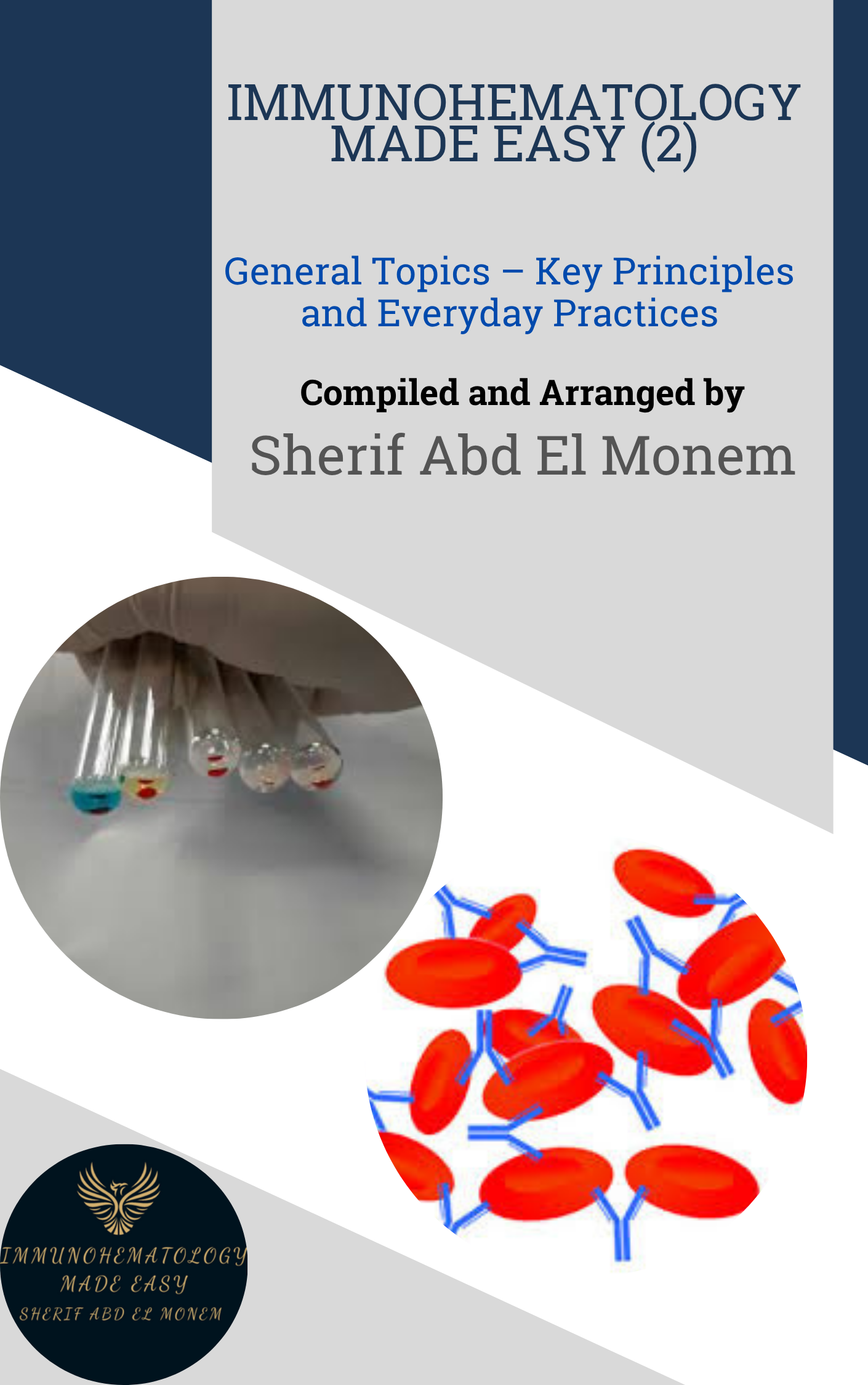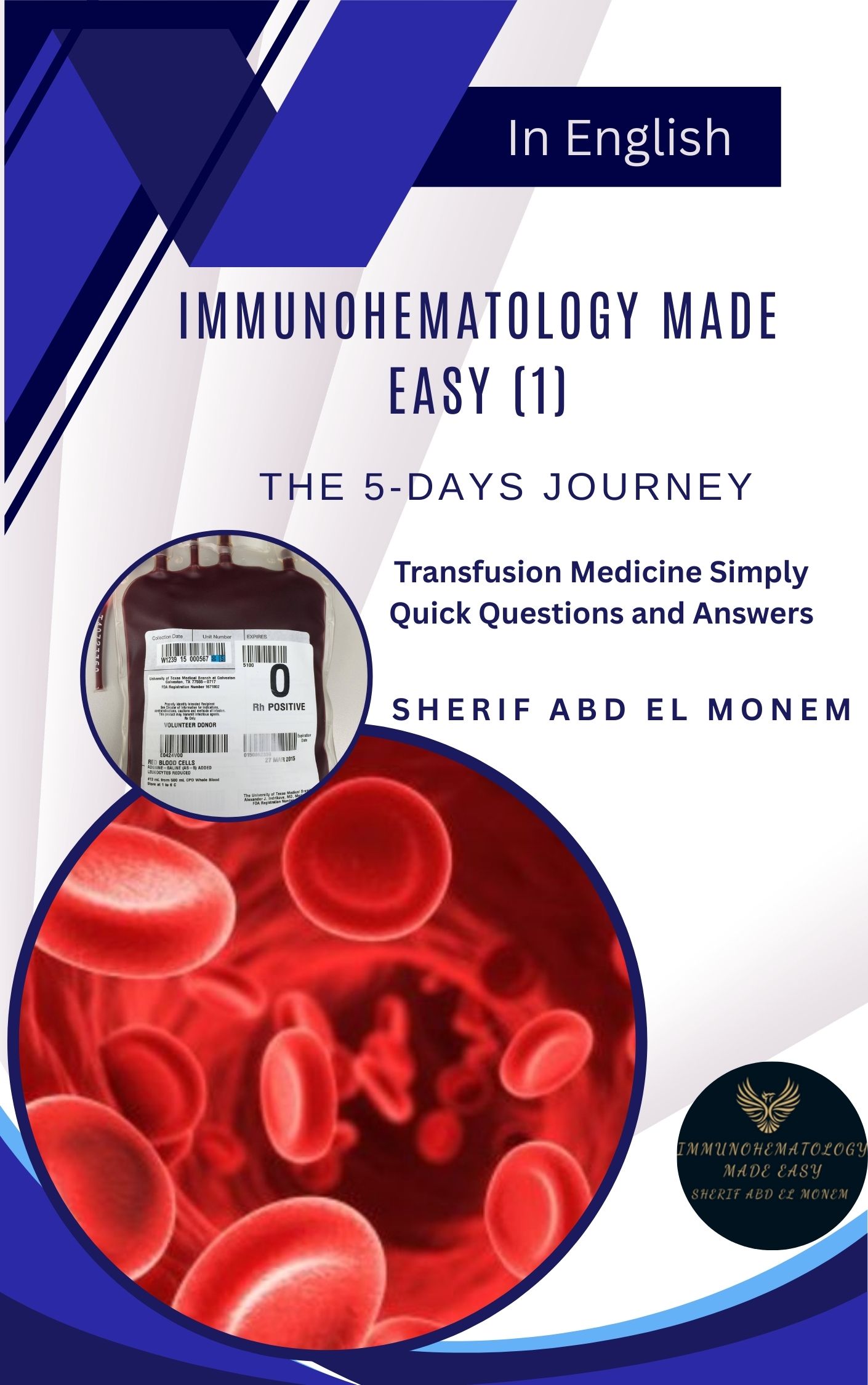Exploring New Trends in Genotyping Rare Blood Groups: Insights from Thierry Peyrard
Thierry Peyrard, a highly regarded pharmacist and PhD at the National Immunohematology Reference Laboratory in Paris, France, sheds light on the emerging landscape of genotyping rare blood groups. These blood groups, characterized by their low prevalence in the general population, can pose challenges during transfusions and lead to hemolytic disease in newborns.
In his enlightening presentation, Peyrard emphasizes the advantages of genotyping over serology in identifying rare blood groups. By employing genotyping techniques, the reliance on scarce antisera is eliminated, false negatives and positives are minimized, and more precise and comprehensive results are obtained².
Peyrard further delves into specific examples of rare blood group systems, unraveling their molecular foundations. Systems such as RH, KEL, MNS, FY, JK, LU, DO, and CR are explored, providing valuable insights into the genetic basis of these groups².

Immunohematology Made Easy (2)
General Topics – Key Principles and Everyday Practices
📘 Available now in PDF & EPUB formats
🔗 Visit Store
Unveiling the array of methods and technologies available for genotyping rare blood groups, Peyrard highlights techniques such as allele-specific PCR, multiplex ligation-dependent probe amplification (MLPA), microarray, next-generation sequencing (NGS), and mass spectrometry (MS)².
Challenges and limitations associated with genotyping rare blood groups are also addressed, including the complexity and diversity of genetic variants, the importance of quality control and standardization, considerations of cost and test availability, as well as ethical and legal considerations².
In conclusion, Peyrard emphasizes the paramount importance and numerous benefits of genotyping rare blood groups in enhancing transfusion safety and optimizing patient care. By leveraging these advancements, healthcare professionals can ensure more accurate and personalized blood transfusions.



Need to know more about this